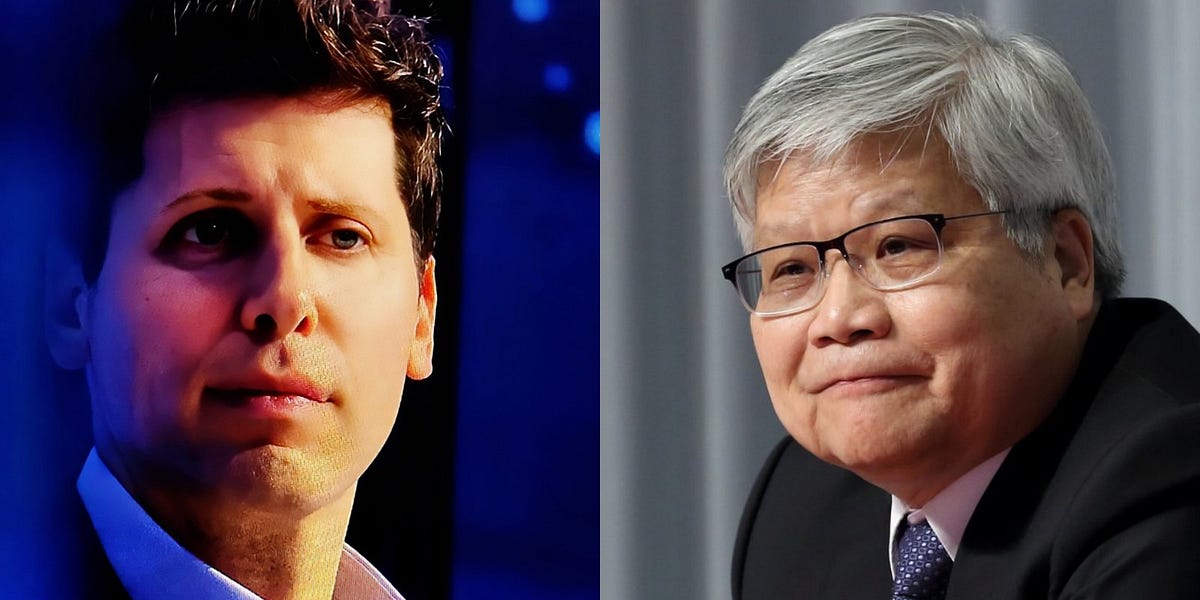OpenAI’s Sam Altman once stunned TSMC executives with a $7 trillion plan to build 36 chip fabs. A year later, he’s pursuing an even grander goal: nearly 30 gigawatts of AI compute, billed as the largest infrastructure project in U.S. history. Yet Taiwan’s suppliers paint a more grounded picture. From T-Glass substrate shortages to transformer supply gaps, the physical limits of the AI boom are becoming clear.
This week’s TechTaiwan report follows the trail from TSMC to Fortune Electric, revealing the hard bottlenecks behind Altman’s trillion-dollar vision — and why one Taiwanese executive put it bluntly: “No materials, no deal.”

 cwnewsroom.substack.com
cwnewsroom.substack.com
This week’s TechTaiwan report follows the trail from TSMC to Fortune Electric, revealing the hard bottlenecks behind Altman’s trillion-dollar vision — and why one Taiwanese executive put it bluntly: “No materials, no deal.”

Sam Altman’s Gold Rush Hits Reality: “No Materials, No Deal.” Inside the Bottlenecks of the Global AI Supply Chain
Liang-rong Chen

